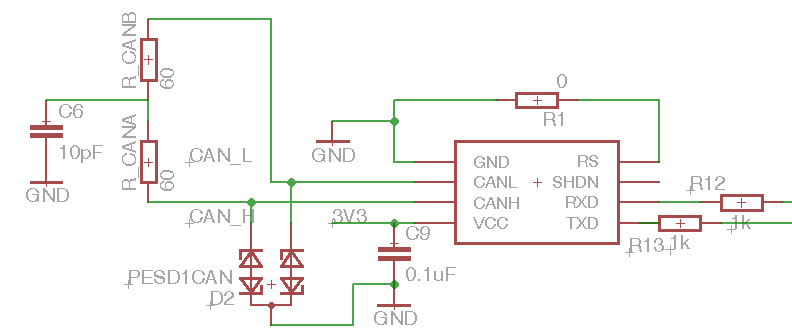Other Parts Discussed in Thread: SN65HVD231, SN65HVD230
Good morning,
We have been testing several CAN nodes using the SN65HVD232. These guys interface with a 5V CAN master, and we were pretty happy until some deaths occurred.
Basically, the CAN nodes are blocking the whole line. Sorry, we ddint had the chance yet to scope the signals, because these units are being tested on a customer ... but once he replaced ONLY
the transceiver SN65HVD232 from one of the nodes (with a new one), the node started working properly again... so looks like the uC was not messing the bus, but the transceiver.
Here are some questions, until we get the hardware into our lab:
-The system uses 24VDC as main supply. We don't think there was a short between +24 and CANH/L lines, could this be a key point to find the origin of the problem? SN65HVD232 is not 24VDC tolerant ... However, only some units were damaged, a short should cause a permanent damage on all nodes ...
-Working with 5V can transceiver should not be a problem right?
-What could be the causes to make SN65HVD232 become a CANbus blocker?
-The uC in the nodes with the SN65HVD232 is 3V3 powered.
-Protections such as PESD1CAN and serial resistors between D/R and the uC are into the design.
Thanks so much for your help.


